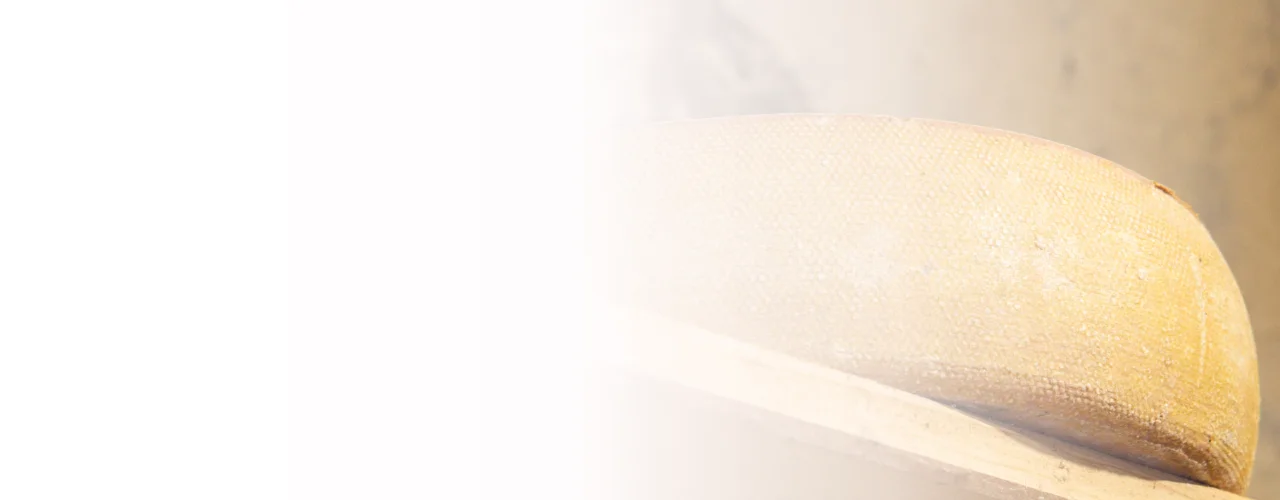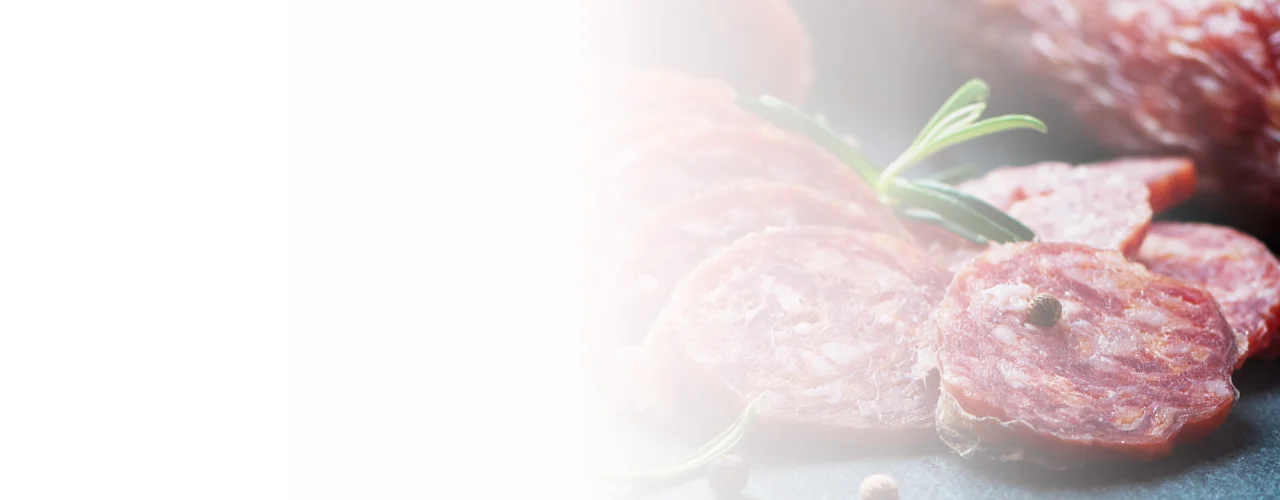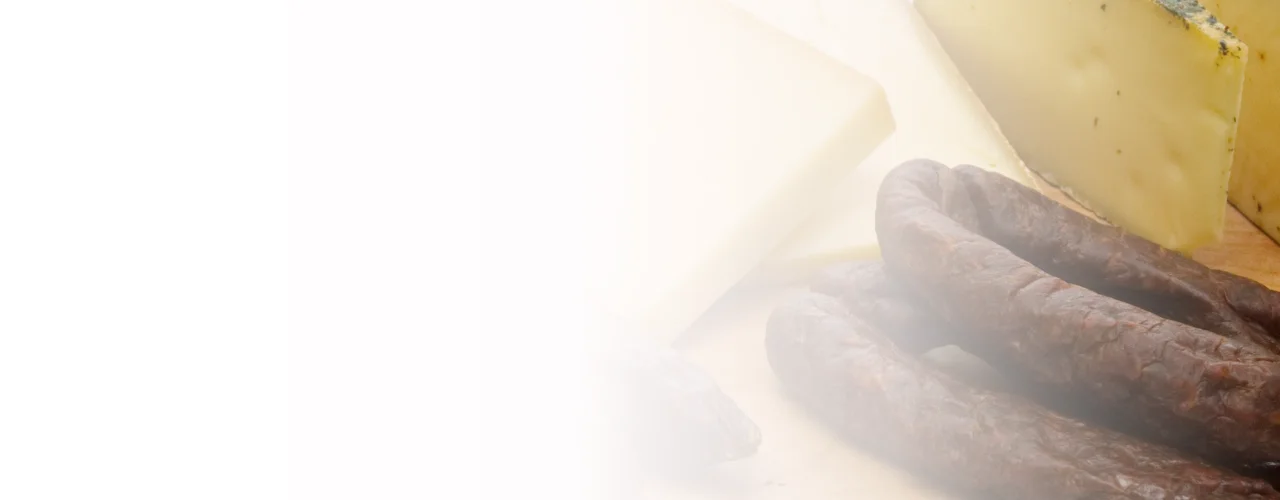How you should store our cheese at home? Ripened cheese likes it cool and moist. The best is a temperature of about 8-10 ° C at about 90% humidity. For the cheese bought in the piece, the fridge (ideally the vegetable compartment) is recommended as a “cheese cellar” Leave the cheese in the vacuum packaging […]
Hard cheese | Mountain cheese
Semi-hard cheese





























